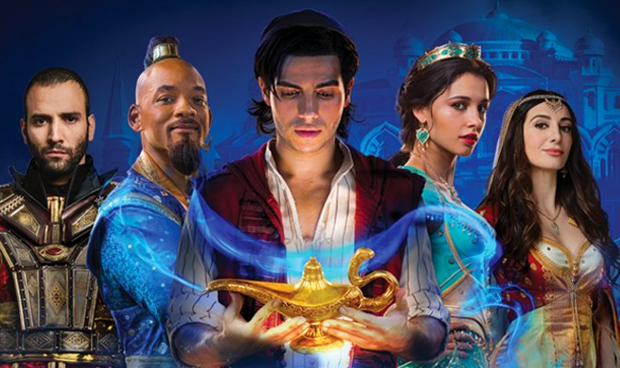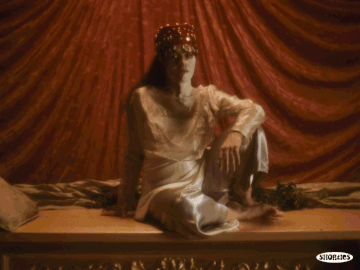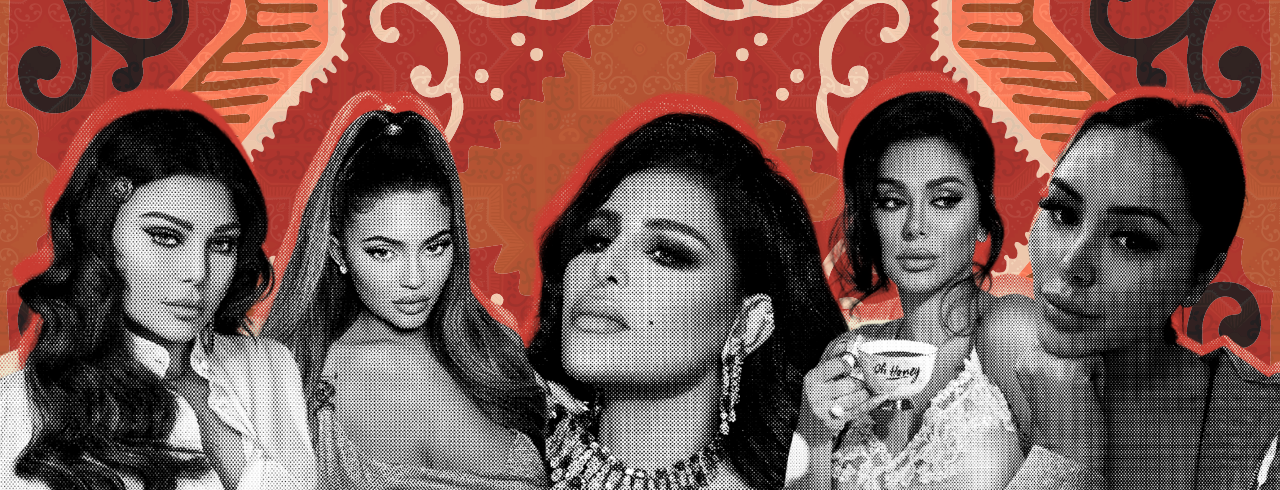
The new Aladdin film is shot in Surrey, but that’s the least of its problems
Dalia Dawood
28 May 2019
Photography via Guy Ritchie / Walt Disney Pictures
Like many Middle Eastern kids growing up in the West, my Disney diet was 90% Aladdin. I consumed it like it was one of my five-a-day, mesmerised by a cartoon made by white people about my background. My six-year-old self hadn’t clocked the cultural shortcomings that now make me squirm – the darker-skinned “ethnic” villains compared with Eurocentric-looking heroes; the sword-wielding boorish traders and guards; the line I used to sing along to gleefully “it’s barbaric, but hey, it’s home” (originally, the song also featured the lyric “where they’ll cut off your ear if they don’t like your face”, but it was removed after audiences complained). Despite this, Aladdin was one of the very few “positive” representations Arabs had, so I learned to love it.
When the live-action film was announced, I was apprehensive. Would this version rectify these misrepresentations now so obvious to me in the original? Surely in 2019 we’ll be putting an end to stereotypes and giving Arabs an accurate portrayal? Unfortunately not. I walked out of the cinema frustrated by yet another example of Hollywood constantly misrepresenting the Middle East either as a barbaric place of war and terror or exoticised as one full of allure and belly dancers.
“On screen, the setting looks like a themed section of Disneyland, complete with fake gravel. Unsurprising when you discover the film was shot mostly in Surrey”
Aladdin is set in the fictional city of Agrabah, which is based on the Iraqi capital of Baghdad, where I was born. Co-directors of the 1992 cartoon, Ron Clements and John Musker, confirmed they had to change the location from Baghdad when the Gulf War happened – the same war that forced me and my family to flee our home for the UK when it was no longer safe. Maybe my connection to Aladdin feels stronger because of these ties to my country; I’m almost possessive of it as an “Iraqi” mainstream film. But its live action remake falls equally short of reflecting Iraq or the Middle East generally.
The orientalist land we see in the film is a patronising smooshing together of all things “eastern” – camels and turbans, deserts and spices; whatever a dictionary definition of “exotic” might throw up. Production designer Gemma Jackson’s comments about the set basically confirms this: “We just wanted to make it mysterious, all these fairs in Marrakech have these wonderful, secretive alleyways for running around”. On screen, it looks like a themed section of Disneyland, complete with fake gravel. Unsurprising when you discover the film was shot mostly in Surrey (only the desert scenes were filmed in Jordan).
The whitewashing of the cast is another problem. Disney caused controversy by “tanning” its white extras to make them appear more brown and by casting Naomi Scott, who is of Indian descent, in the role of Princess Jasmine rather than an Arabic actress. Julie Ann Crommett, Disney’s Vice President of Multicultural Engagement, claimed that because South Asians also associate with the characters, “we’re actually being inclusive of who sees themselves and identifies with this text.”
This has me wondering if the majority-white decision makers behind these blockbusters are equipped to represent races they don’t understand. Aladdin’s opening song is called “Arabian Nights”, not “Generic Brown Nights”.

While it’s positive that this is the first of Disney’s live action remakes with non-white leads, instead of reflecting an Arabic story with Arab actors, Disney reckons we’re all interchangeable. The film casually mixes together completely different cultures – there’s Indian and Western-style breakdancing, characters with American accents, others with vaguely “ethnic” accents (why is Jasmine’s different to her father’s?).
Historically, Western media has represented Arabs as caricatures – harem girls, rich oil sheikhs, desert wanderers, inept terrorists – all can be found in the likes of Indiana Jones, Back to the Future, The Mummy, True Lies, and TV shows Homeland and 24. In his book Reel Bad Arabs: How Hollywood Vilifies a People, Jack Shaheen analysed 1,000 films for their portrayal of Arab characters, produced between 1896 and 2000, and found a staggering 936 titles featured negative portrayals.
The reality is vastly different and even underwhelming: the Middle East is just like anywhere else. On a recent family trip to Lebanon, where my grandmother was from, we encountered none of these distorted stereotypes. People drive cars and wear jeans instead of riding camels and donning turbans. I am not refuting that people who match up to common portrayals exist in some Arabic countries, but in the West they are offered up as the only truth.
“Perhaps I set my expectations of a children’s fairy-tale too high – it was hardly going to be a revolutionary reshaping of orientalist attitudes”
Arabic culture should be celebrated not for these fantasy images but its vibrancy: our cafes will serve you chai and fresh halawiat (Middle Eastern sweets) late into the night. Family gatherings consist of mile-long tables of food and meeting relatives you didn’t know you had. Far from oppressed, our women are inspiring, strong creators.
Sadly, we’re a long way from seeing accurate representations of “normal” Arab life in Western media. Perhaps I set my expectations of a children’s fairy-tale too high – it was hardly going to be a revolutionary reshaping of orientalist attitudes. For now, I hope that if more of us speak out, Hollywood will move away from fetishising or demonising Middle Eastern culture and people when it suits and start to understand us.
Cast us, employ us; better yet, let us call the shots so we can shape our own narratives instead of projecting your own misguided conceptions of what Arabs are like. Maybe then people will get to see “a whole new world” – one with fewer Fez hats and more cultural authenticity.









